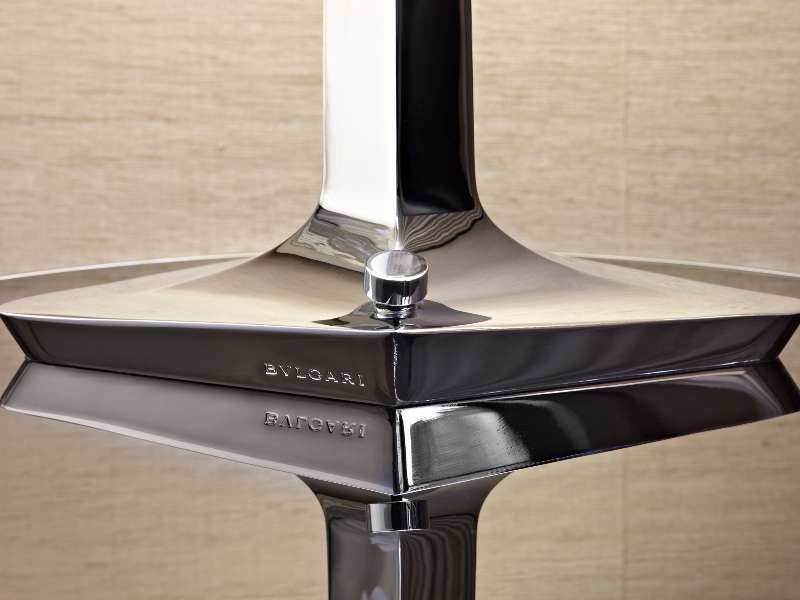Tours en hélicoptère
Croisière le long de la Tamise
Expérience en famille
London Street Art Experience
Foodie Tour of London
London Rock ‘n’ Roll Tour
Dog Concierge
Offres exclusives
Galerie Photos
What's On
Nos Cadeaux
À propos de Bulgari

.jpg/jcr%3Acontent)
































